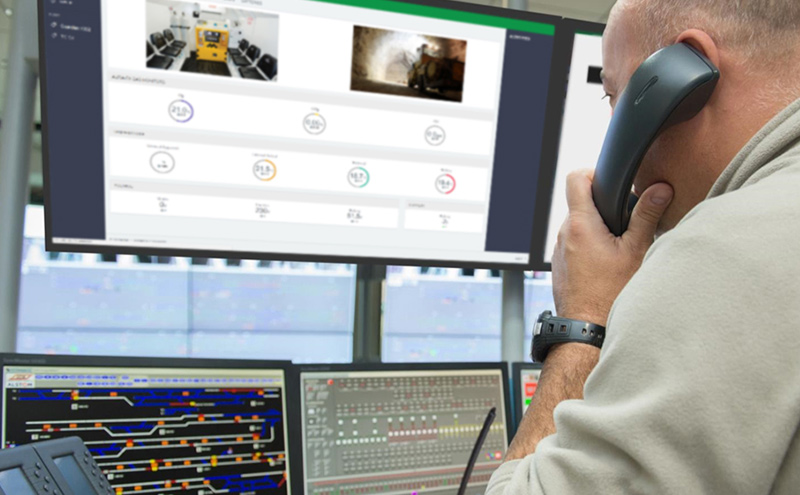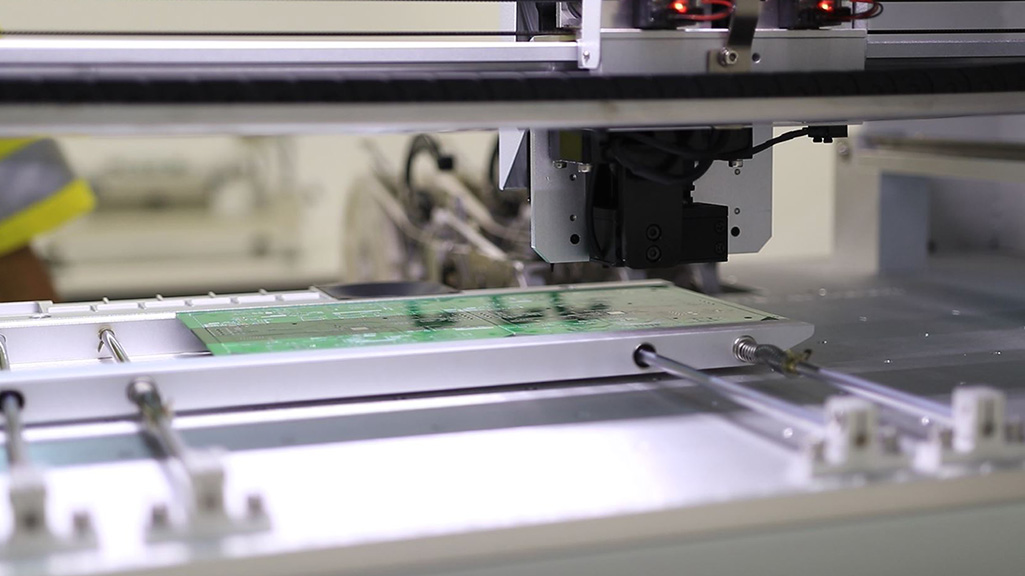Improving efficiencies in maintenance and troubleshooting can significantly improve operations. However, system faults and mechanical errors can disrupt production, causing delays or an unsafe environment. One way to overcome this is by implementing a remote monitoring system into a company’s existing maintenance, repair and operational programs.
Digital monitoring and diagnostics tools provide users with additional information to help solve problems efficiently. Data from multiple touchpoints along the system is collected, analysed and fed to a user-friendly interface. These technologies can help companies lower costs, minimise labour and downtime, and improve operational effectiveness.
Capturing, analysing and effectively using status and system information from refuge chambers and safe havens can considerably reduce, or even prevent, unplanned downtime and enable better decision making. In short, remote monitoring systems can provide a significant strategic advantage that will improve safety and productivity.
Using Remote Monitoring for Proactive Refuge Chamber Maintenance
Refuge chambers are designed for emergency preparedness and need to be ready at all times. Unplanned downtime is costly, and with safety a priority for most sites, a fault reading refuge chamber can cause operations to cease in an area. The financial costs linked to unexpected or premature equipment maintenance are not to be ignored.
Remote monitoring and diagnostics systems provide automated insights into the behaviour of refuge chambers. The GuardIAN Refuge Chamber Monitoring System (GuardIAN RCM) is an independent system that continuously monitors a chamber’s vital operating systems. By observing critical components in real-time, the source of a problem, which may otherwise be difficult to detect, is more easily identified and rectified.
How to Monitor Refuge Station Components
During standby mode, GuardIAN RCM checks for usage, component faults, and detects entry to the chamber. Data sent from a chamber’s system; including internal and external gas and temperature sensors, Compressed Air Management System (CAMS) status as well as power supplies, provides patterned information that can help identify the root cause of alerts or fault codes. Data is converted into readable information displayed on a user-friendly interface and accessible through a computer, tablet or smartphone.
GuardIAN RCM doesn’t need to be connected to a greater network; each MineARC Refuge Chamber houses its own Local Area Network (LAN) and server which can be accessed through Wi-Fi. Even without connecting to a network, it can provide the ability to perform regular checks on battery integrity within a Satellite UPS System (SUPS) without requiring personnel to open the draws to view the electronics or use a multimeter.
Access More Resources
Refuge Chamber Troubleshooting through Remote Access
Beyond the internal staff, sites can use external expertise to assist non-core competencies, focusing on reducing equipment downtime and improving efficiency.
MineARC’s engineers and skilled service technicians can, with permission, remotely view refuge chamber data through GuardIAN RCM to assist with problem-solving. Help is available to assist maintenance personnel with problems that have yet to be identified, providing peace of mind. Although off-site, staff can contact a MineARC expert, who can obtain data from GuardIAN RCM. Information is shared through screenshots or remotely accessing the network; knowledge is applied to identify a solution. Remotely accessing the data provided by GuardIAN RCM is shown to reduce maintenance costs dramatically.
Underground Mine Example
A recent example was at an underground mine site in Papua New Guinea. The site was continually seeing irregular depletion of their refuge chamber batteries and inverter shutdowns, yet the reason remained unknown. MineARC’s Engineers could remotely view and analyse the data provided by GuardIAN RCM, determining the cause of the voltage depletion was power spikes in connected mains power and unscheduled use in standby mode. Not only was the site able to rectify the issue once identified, but it also reduced maintenance costs, production downtime and removed the additional cost of a MineARC technician heading to the site.
One of the underlying strengths of remote monitoring is its ability to allow immediate and proactive responses. However, employing such technology requires a significant shift in maintenance philosophy and resource allocation – from reactive to dynamic methods. Machinery at times will have faults, particularly in an underground environment where conditions are harsh. Companies need to embrace technology to improve their safety and operations if they hope to remain competitive.






